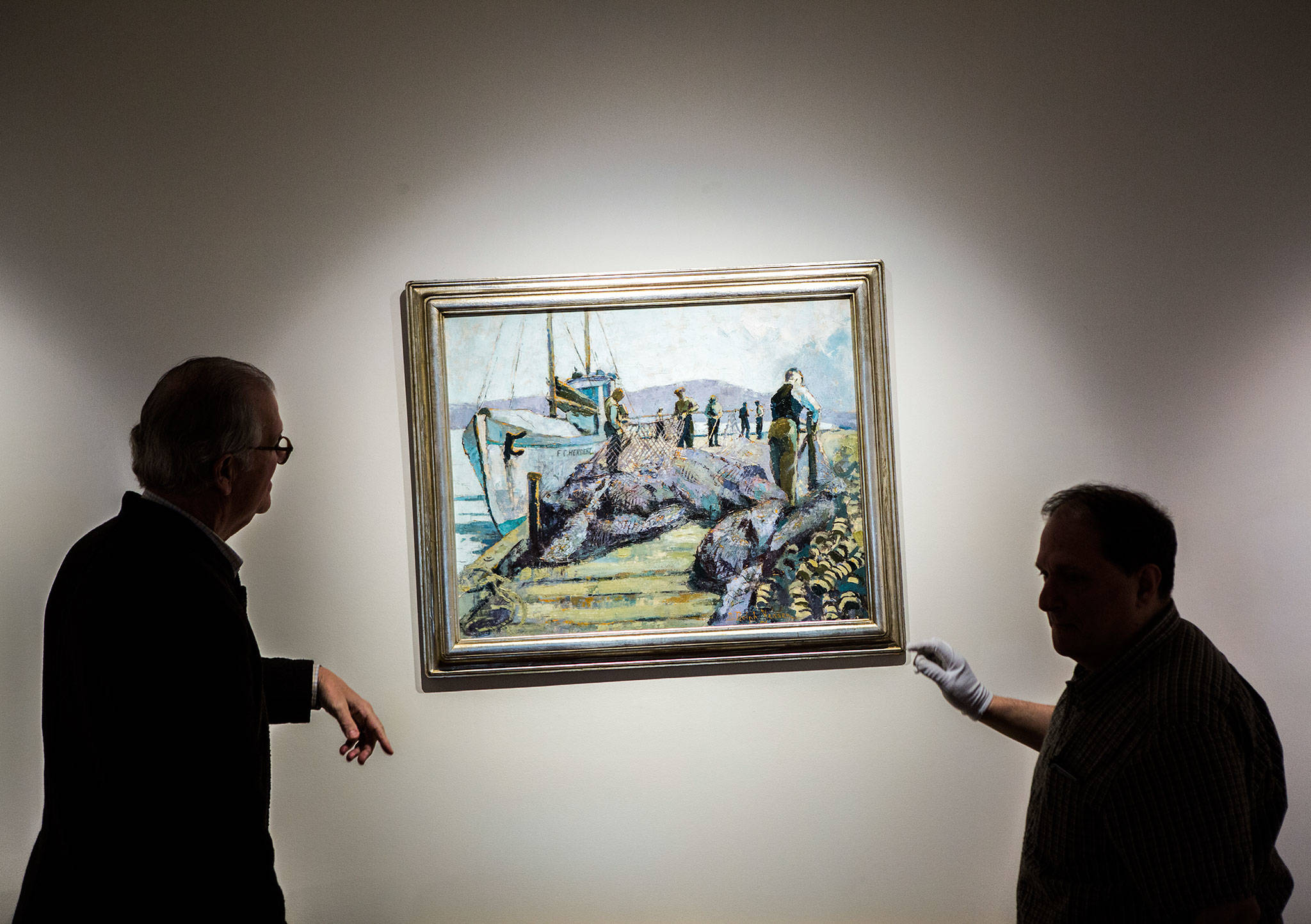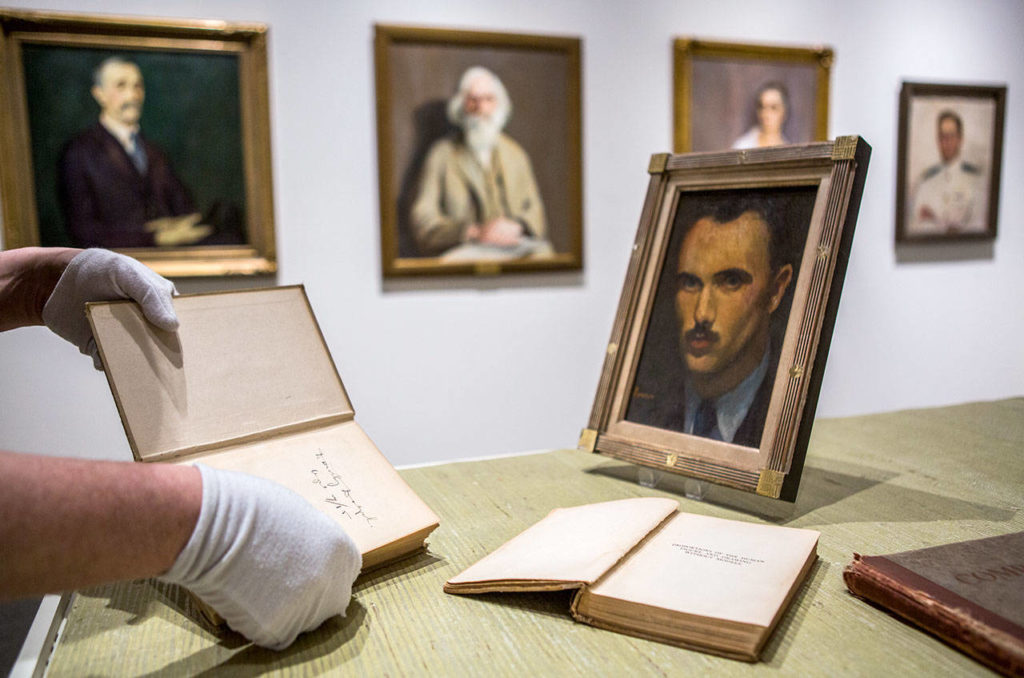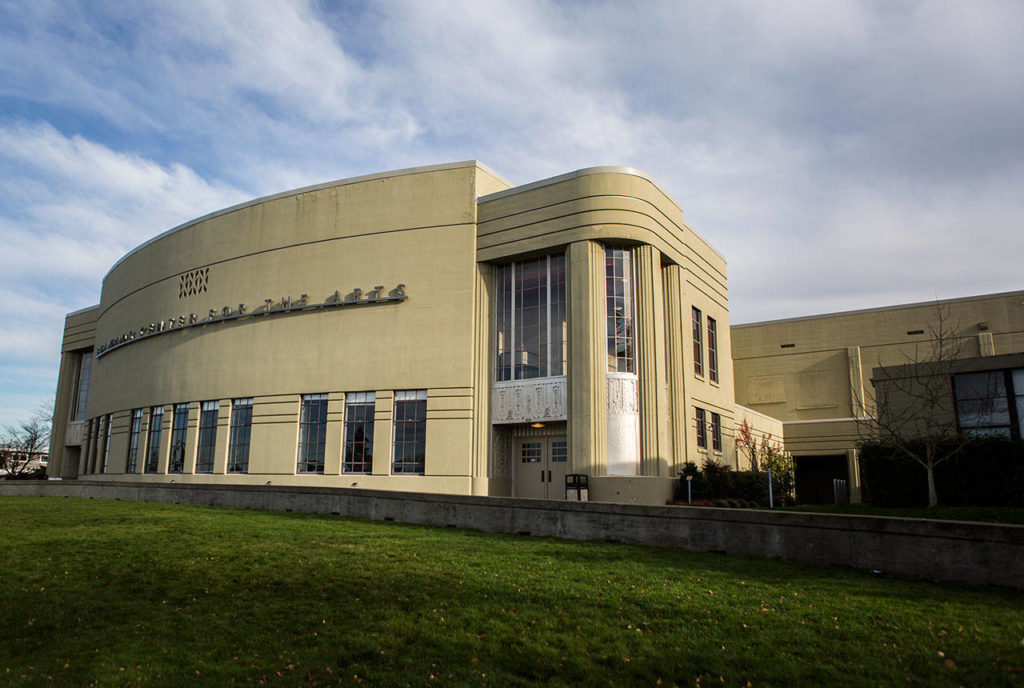Sometime in the next few months, a new sign will be posted on I-5 near exit 177 in south Snohomish County.
It will direct drivers to Edmonds, the home of the state’s first Creative District.
These districts, similar to historic districts, are part of a state effort to spur economic development by promoting a community’s unique identity.
“People from out of state who happen to see a creative district sign on the freeway know that it’s a place of interest,” said Annette Roth, who oversees the program for the Washington State Arts Commission. “It’s another way for a community to put themselves on the map.”
Edmonds is home to an unusual abundance of arts organizations and activities.
“How many cities the size of Edmonds — 42,000 people — have their own symphony, chorale, have two performing dance groups and two theater groups?” asked Mayor Dave Earling.
That’s in addition to a performing arts center and a museum focusing on early Northwest art. In the three years since its opening, the Cascadia Art Museum has received national attention in publications including the Los Angeles Times and American Art Review.
“When you put it all together, this is an incredible arts hub for Snohomish County,” said Lindsey Echelbarger, president of the Cascadia Art Museum.
All this development of arts and cultural groups may have evolved from the Edmonds Arts Festival, which will celebrate its 62nd anniversary this year.
So the question may be asked: What will the creative district designation add to a city that already has a rich cultural tradition?
In part, it may bring new attention to what’s already there.
“We’ve been known as an arts-oriented community for a long time,” Earling said. “The only things that’s bothered me is we’re probably not as famous regionally as we think we are.”
The crowds attracted by arts activities also support local businesses. As one example, four new restaurants are scheduled to open in the downtown business district this year, Earling said.
Creative district businesses include more than traditional arts-based organizations, said Patrick Doherty, the city’s economic development director. In Edmonds, it includes the culinary arts, brewers and distillers, jewelry makers, photography studios and graphic designers.
This mix of businesses was among the things that impressed those who reviewed the city’s creative district application, he said.
Landmarks in the district include the Port of Edmonds and the waterfront area, the Edmonds Center for the Arts, and the Wade James Theatre.
The state arts commission wants creative districts to be a walkable part of the community and “have a sense of place where people come together,” Doherty said.
The city’s five-year plan for the district include development of a cultural corridor along Fourth Avenue, the street that connects the Edmonds Center for the Arts with the downtown business and shopping district.
The creative district designation also may help the city win government grants and attract new businesses.
“Edmonds has a kismet about it,” Doherty said. “There’s an aesthetic which breeds artistic endeavors.”
Plans call for a site along Main Street to be developed as a studio space for artists and with gallery space, a cafe and a meeting space, Earling said.
Washington is one of about a dozen states that have established creative district programs, said Roth with the Washington State Arts Commission.
A number of cities across the state, including Pullman, Kennewick, Ellensburg, Port Townsend, Olympia, Aberdeen, Issaquah and Kirkland, have contacted the state about their interest in the program, she said. Some see it as a way to revitalize their communities.
Any changes that the creative district designation brings to Edmonds may take some years to develop, as shown by the experience of the Cascadia Art Museum.
“Several of us had thought about the need for a regional museum focusing on early Northwest art for more than 20 years,” Echelbarger said.
They finally adopted the pioneer spirit of “don’t look for somebody else to do it, just do it,” he said.
When a building to house the museum was found — a former grocery store near the waterfront — even one museum board member questioned if its transformation to an art museum could occur in 18 months, as Echelbarger envisioned. Yet it did.
Its place in the community and in the arts world isn’t just measured by the 17 exhibitions that have taken place there since it opened.
“When I pull in the parking lot and see kids coming for field trips, it puts a lump in my throat,” Echelbarger said.
For many of the students, it’s their first trip to an art museum. “It’s very satisfying,” he said. “A big part of our mission.”
Sharon Salyer: 425-339-3486 or salyer@heraldnet.com.
Talk to us
> Give us your news tips.
> Send us a letter to the editor.
> More Herald contact information.



























